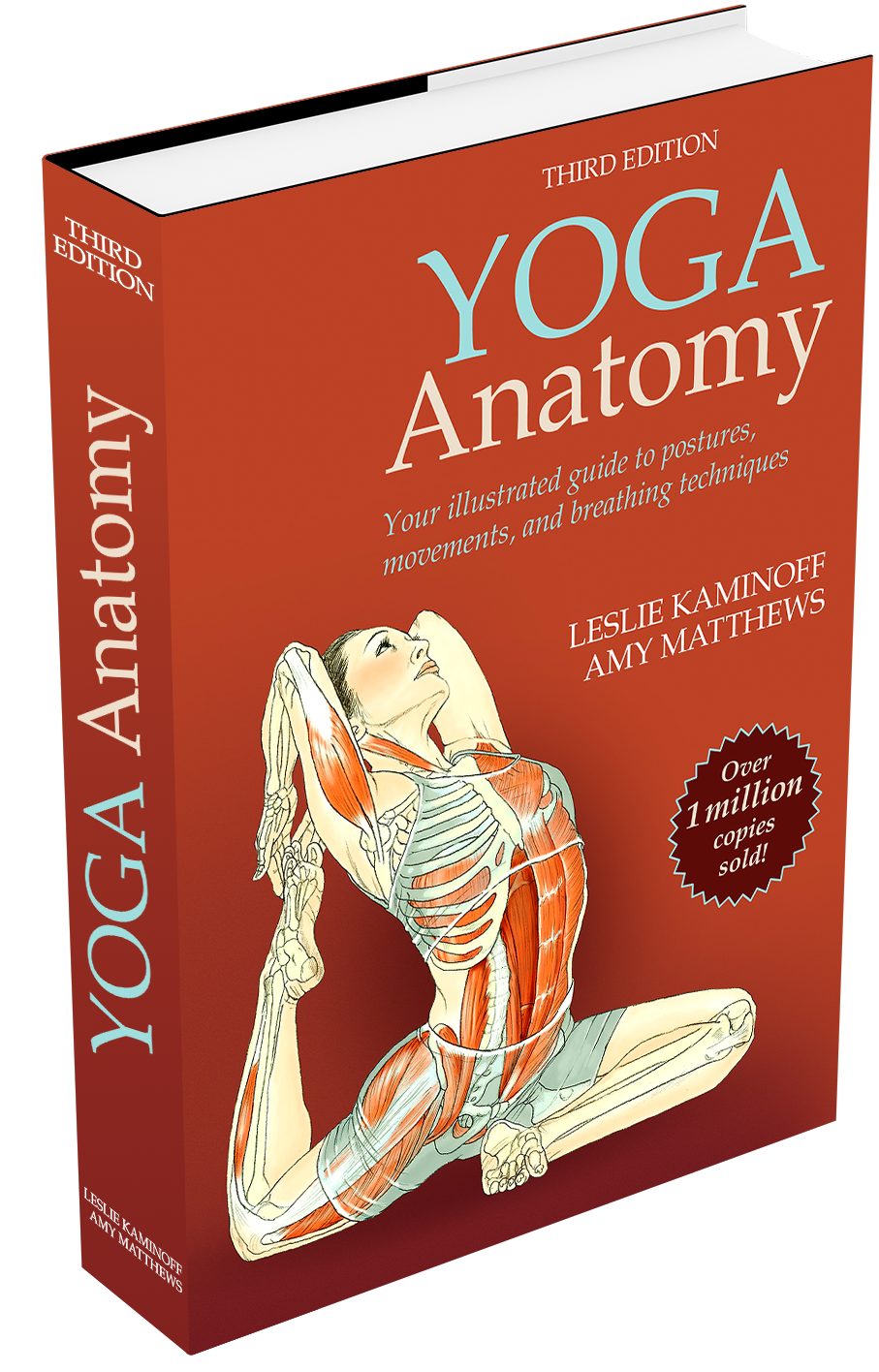Setu Bandhasana

Notes
It can be a challenge to find full hip extension in this pose without also adducting or externally rotating at the hip joints. If the hamstrings and adductor magnus are not strong enough, the gluteus maximus may do too much and pull the legs into external rotation, the other adductors (such as the pectineus) may activate to bring the knees together but also flex the hips, or the rectus femoris may work to extend the knees but interfere with the ability to extend the hips.
Spinal extensors (especially lumbar) may be useful, but too much lumbar extension is not helpful because it may limit hip extension by putting tension on the psoas complex. While the final position of the knees is actually a flexed shape, the action of coming into the pose is one of extension because it is moving from more flexion to less flexion.
The elevation of the scapulae moves the shoulder blades into the floor, which then lifts the rib cage away from the floor. It is important that the scapulae are not depressed or pulled down the back in this position, because that action moves the scapulae away from the cervical spine, leaving the flexed neck to bear the weight of the upper body.
The action in the arms is also the foundation for salamba sarvangasana and viparita karani; the action in the hips and legs is the same as for lifting into urdhva dhanurasana.
All in all, considering the many muscle actions that must be balanced for this pose to work, sustaining this basic posture actually requires a high degree of coordination.
Images from the book Yoga Anatomy by Leslie Kaminoff & Amy Matthews displayed on this website are used under license.

Love Learning with Leslie?
Study with him personally online, from anywhere in the world.
Which course is right for me?
